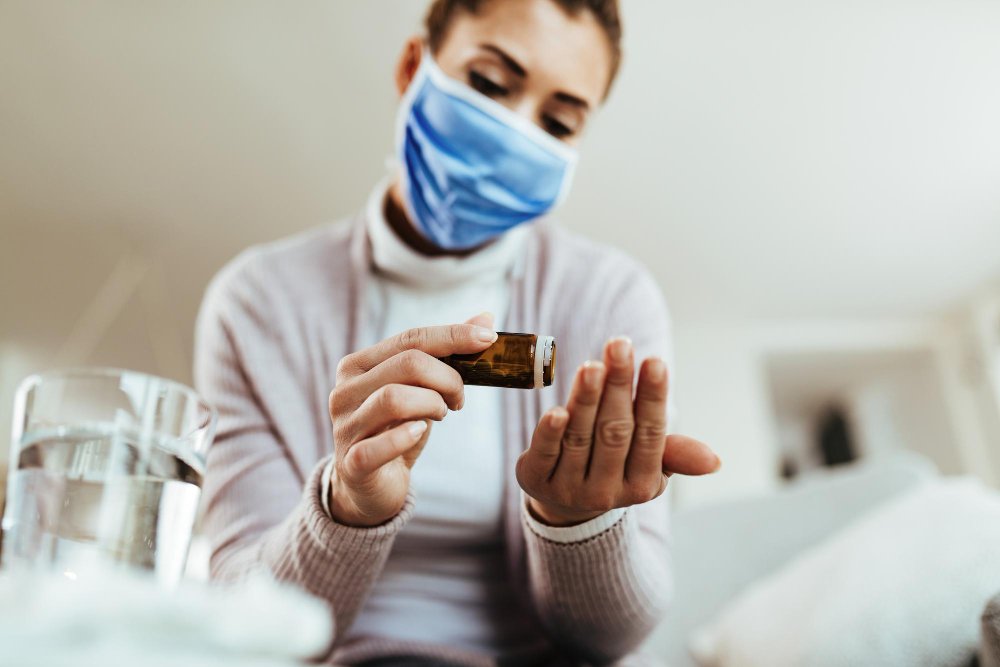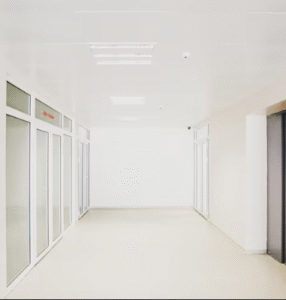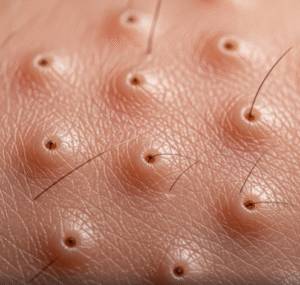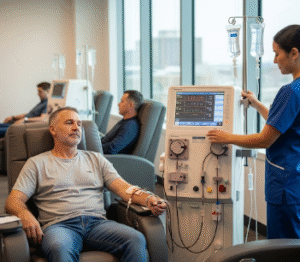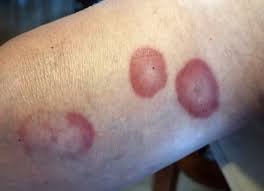Overview
Clostridium perfringens infection is caused by a type of bacteria commonly found in soil, decaying vegetation, and the intestines of humans and animals. It is one of the most frequent causes of food poisoning, but it can also lead to serious illnesses such as gas gangrene (clostridial myonecrosis) and enteritis necroticans. While most cases are mild and self-limiting, severe infections can be life-threatening without immediate medical treatment. In Korea, advanced laboratory diagnostics and modern infection control systems help in early detection and treatment.
What is Clostridium perfringens Infection?
Clostridium perfringens is a spore-forming, toxin-producing bacterium. Infections occur in different forms:
- Food poisoning: Caused by ingestion of contaminated food, leading to diarrhea and abdominal cramps.
- Gas gangrene (clostridial myonecrosis): A severe, rapidly spreading infection of muscle tissue, often after trauma or surgery, with gas production and tissue necrosis.
- Enteritis necroticans (Pigbel): A rare but severe intestinal disease.
Symptoms
Symptoms depend on the type of infection:
Food Poisoning
- Diarrhea (watery, non-bloody)
- Abdominal cramps
- Nausea (less common)
- Symptoms usually appear 6–24 hours after eating contaminated food and last less than 24 hours.
Gas Gangrene
- Sudden severe muscle pain at wound site
- Swelling and pale or purplish skin with blisters
- Foul-smelling discharge
- Crepitus (crackling sensation under skin due to gas)
- Rapid progression to shock, fever, and multi-organ failure
Enteritis Necroticans
- Severe abdominal pain
- Bloody diarrhea
- Vomiting
- Intestinal necrosis and perforation (in advanced cases)
Causes
- Eating food (especially meat, poultry, gravies) contaminated with Clostridium perfringens spores
- Poor food handling and improper storage (keeping food at room temperature for too long)
- Deep traumatic wounds contaminated with soil or feces
- Surgical wounds exposed to bacteria
- Rarely, intestinal overgrowth in individuals with poor nutrition or underlying illness
Risk Factors
- Consuming improperly cooked or stored food
- Large-scale meal settings (school, military, hospital cafeterias)
- Traumatic injuries with deep tissue damage
- Surgical procedures with poor wound hygiene
- Weak immune system
- Malnutrition
Complications
- Dehydration from food poisoning
- Sepsis and multi-organ failure (in gas gangrene)
- Amputation (to control spread of gas gangrene)
- Death, if untreated severe infection progresses rapidly
Prevention
- Properly cook meat and poultry to safe internal temperatures
- Refrigerate leftovers promptly (within 2 hours)
- Reheat food thoroughly before consumption
- Maintain strict hygiene in hospitals and surgical settings
- Prompt wound care for injuries, especially contaminated wounds
Treatment Options in Korea
Korea has advanced facilities for diagnosing and treating Clostridium perfringens infections through stool tests, wound cultures, and imaging. Treatment varies by type of infection:
- Food Poisoning
- Usually self-limiting; treatment includes hydration and electrolyte replacement
- Hospital care for severe dehydration
- Gas Gangrene
- Emergency surgical debridement to remove infected tissue
- High-dose intravenous antibiotics (penicillin, clindamycin)
- Hyperbaric oxygen therapy (HBOT) available in some Korean hospitals to kill bacteria and enhance wound healing
- Intensive care support for septic shock
- Enteritis Necroticans
- Broad-spectrum antibiotics
- Surgical intervention in cases of intestinal necrosis or perforation
- Nutritional and supportive care

